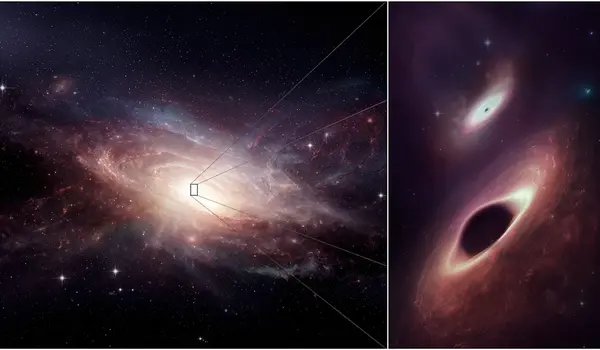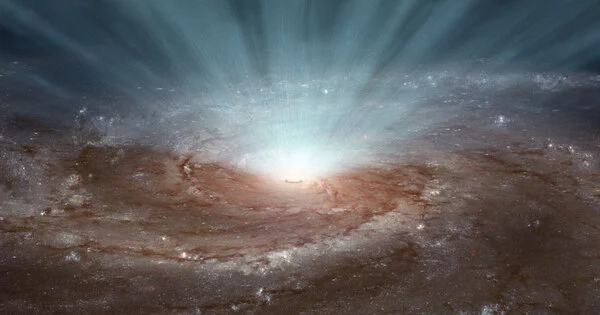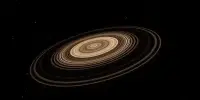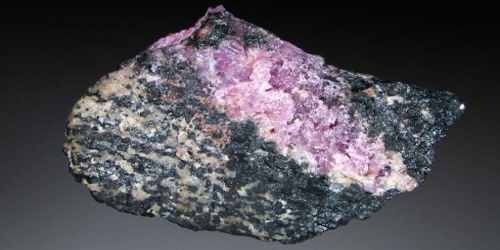In February 2022, a new discovery was made that sheds light on the very early supermassive black holes in the universe. The discovery was made by a team of astronomers using the Atacama Large Millimeter/submillimeter Array (ALMA) telescope in Chile.
The team discovered a quasar, which is a type of active galactic nucleus that emits large amounts of energy and light. The quasar, known as J1007+2115, is located approximately 13 billion light-years away from Earth, which means that the light we see from it today has been travelling through space for 13 billion years.
Astronomers from the Universities of Texas and Arizona have discovered a rapidly growing black hole in one of the most extreme galaxies known in the early Universe. The discovery of the galaxy and the black hole at its center provides new information about the formation of the first supermassive black holes. The new paper was published in the Royal Astronomical Society’s Monthly Notices.
The team determined that the galaxy containing this new supermassive black hole, named COS-87259, is very extreme, forming stars at a rate 1000 times that of our own Milky Way and containing over a billion solar masses worth of interstellar dust, using observations taken with the Atacama Large Millimeter Array (ALMA), a radio observatory located in Chile. This intense burst of star formation, as well as the growing supermassive black hole at its center, illuminate the galaxy.
While nobody expected to find this kind of object in the very early Universe, its discovery takes a step toward building a much better understanding of how billion solar mass black holes were able to form so early in the Universe’s lifetime, as well as how the most massive galaxies first evolved.
Ryan Endsley
The black hole is considered to be a new type of primordial black hole — one heavily enshrouded by cosmic “dust,” causing nearly all of its light to be emitted in the mid-infrared range of the electromagnetic spectrum. The researchers have also found that this growing supermassive black hole (frequently referred to as an active galactic nucleus) is generating a strong jet of material moving at near light speed through the host galaxy.
Today, black holes with masses millions to billions of times that of our Sun can be found at the heart of nearly every galaxy. Scientists are still puzzled as to how these supermassive black holes formed, especially since several of these objects were discovered when the Universe was very young. Because the light from these sources takes so long to reach us, we see them as they were in the past; in this case, just 750 million years after the Big Bang, or about 5% of the Universe’s current age.

What is particularly astonishing about this new object is that it was identified over a relatively small patch of the sky typically used to detect similar objects – less than 10 times the size of the full moon – suggesting there could be thousands of similar sources in the very early Universe. This was completely unexpected from previous data.
In the early Universe, the only other class of supermassive black holes we knew about were quasars, which are active black holes that are relatively unobscured by cosmic dust. At distances comparable to COS-87259, these quasars are extremely rare, with only a few tens found across the entire sky. The unexpected discovery of COS-87259 and its black hole raises several questions about the abundance of very early supermassive black holes and the types of galaxies that they typically form in.
According to Ryan Endsley, the paper’s lead author and now a Postdoctoral Fellow at The University of Texas at Austin, “These findings imply that very early supermassive black holes were frequently obscured by dust, possibly as a result of intense star formation activity in their host galaxies. This is something that others have predicted for a few years, and it’s great to see the first direct observational evidence supporting this scenario.”
Similar objects, such as Arp 299, have been discovered in the more local, present-day Universe. Two galaxies collide in this system, causing an intense starburst as well as heavy obscuration of one of the galaxies’ growing supermassive black holes.
“While nobody expected to find this kind of object in the very early Universe,” Endsley adds, “its discovery takes a step toward building a much better understanding of how billion solar mass black holes were able to form so early in the Universe’s lifetime, as well as how the most massive galaxies first evolved.”
















